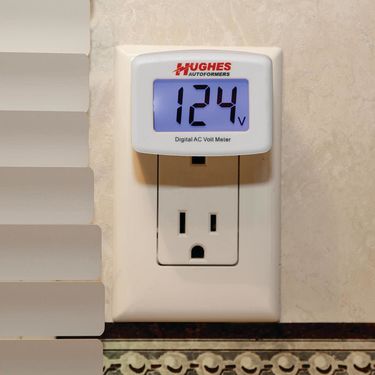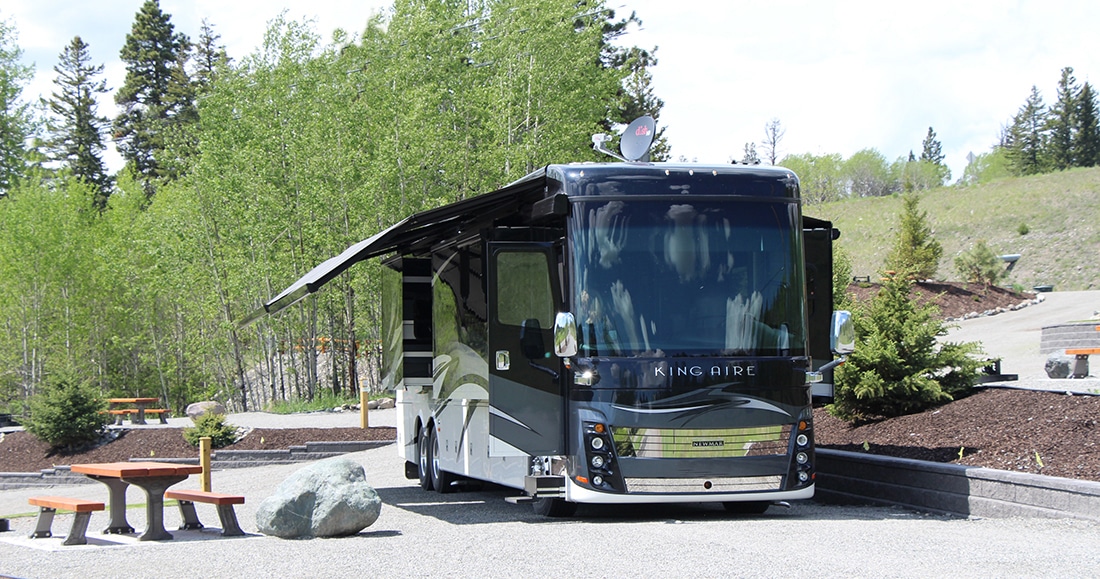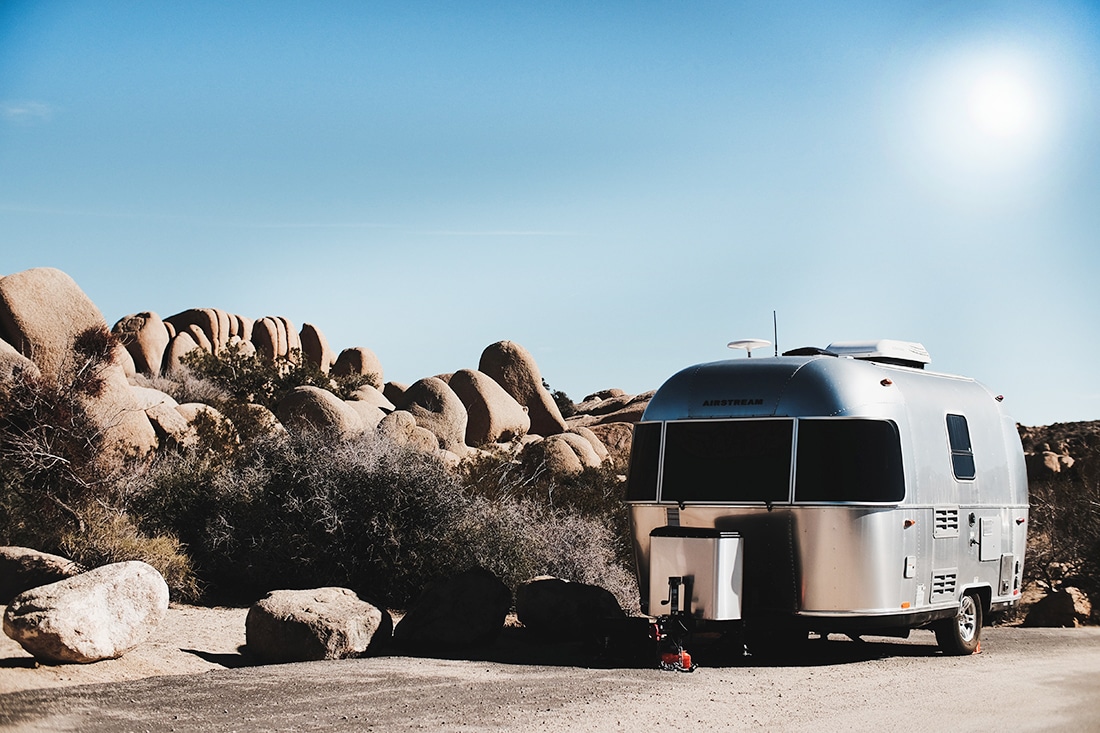Beat the heat this summer by boosting your AC cooling power.
Traveling in your RV during the summer months can be a delightful experience. The warmer temperatures extend your camping domain, allowing you to spend more time outside on your patio with activities like barbecuing, outdoor sports, entertaining friends or just plain relaxing. However, in the summer the heat of the day can be challenging. The task of trying to maintain a comfortable temperature indoors can be quite daunting.
Recreational vehicles are insulated, and many even have features like double-glazed windows. But these homes on wheels pale in comparison to permanent brick-and-mortar dwellings. They just don’t have the room in the walls, floors or ceilings to accommodate the needed insulation. So, it is not surprising that highly efficient air conditioners are required to keep you cool on those heat-filled days. But to fully benefit what your air conditioning (AC) system is capable of doing, it must be maintained properly and managed with a reduction temperature strategy.
With this in mind, let’s look at what we need do to attain the best cooling during the hottest days.

Cooling off in a calm lake. Photo: Peter Mercer.
AC Maintenance
Output Temperature: Know your AC output temperatures. Using a thermometer or an infrared thermal gun, determine the temperature of the air entering your AC unit compared to the air coming out of the AC. The cooled air should be able to reach at least 20 degrees below the incoming air. In many cases (depending on the outside heat), your AC will far exceed the 20-degree difference. The important thing here is to acquaint yourself with your AC and give you a feeling as to how the system is working. That way, you’ll know if there is an issue with the AC unit.
Clean All Filters: All filters must be cleaned regularly. Most often, all are washable and normally do not need replacing. The entire task can generally be accomplished within twenty 20 minutes on most RV air-conditioning systems. The foam filters prevent dust and airborne dirt from being drawn into the cooling fins. As the dirt gets caught in the filter material, it, in turn, restricts the air flow. The more restricted the filter becomes, the less efficient the AC will be.

AC Power Meter
Shore Power Voltage Draw: If you do not have one, get a plug-in voltage monitor. They are very inexpensive and merely just plug into a standard duplex wall socket. The shore power voltage to your rig and AC unit(s) must be sufficient at all times. During extreme hot spells, electric overloads within the park can occur. This can cause a substantial drop in the shore power voltage. With your AC units operating, check the reading. A shore power voltage of anything at or below 102 VAC means air conditioning should not be used. If that is the case, shut off one AC (if you have multiple units) and recheck. Often, this will be enough to adequately bring the voltage to a useable level. Also turning off any other high electrical power drawing appliance, such as a water heater, can have equally good results. If you have a three-way refrigerator, switching it to the propane mode can also help a great deal.
Operation Strategy
Before Reaching Your Destination: On extremely hot days, if possible, start your generator and AC well prior to arrival. An hour of running will cool the interior walls and fixtures of your RV while only consuming a half-gallon or less of fuel. Then when you arrive and switch your cooling cycle to shore power, the interior will already be at or near a comfortable state.

A motorhome with awnings deployed and shades and curtains drawn. Photo: Peter Mercer
Close Blinds And Curtains: Close all blinds on the sunward side. Also, extend the awnings on that side to shade the outside of the walls.
Position Coach in an Easterly Direction: If direction of placement on the lot is optional, face the end with the most glass in an easterly direction. For example, face a motorhome or trailer east to avoid afternoon sun on the glass. Either north or south would not be as good, but still far better than west. Many RV parks post maps of their sites online, giving you an idea of the direction of spaces.
Shade Availability: When making your reservation, check to see if there are any spaces available that are shaded by trees. Obviously, parks in desert regions won’t have a lot of shady trees, but it’s worth asking. The same applies to dry camping, which often allows the placement of the vehicle to take advantage of any available shade. This is ideal and in some cases may eliminate the need for air conditioners entirely.
Doors and Windows: Your AC shouldn’t have to fight sources of exterior heat. Keep all doors and windows closed. Extend the door awning, if so equipped, if the entrance faces the sun. When entering or exiting the RV, close the door immediately.
Meal Preparation: Cook your meals as much as possible outside on a camp stove or the barbeque grill. Not only will this avoid the obvious heat generation within the RV, but will also alleviate the need to air out any cooking odors.
Do Not Shut Off AC: If you are going out for the day, do not turn off the AC. Set it on a low demand value and leave it on. This will allow you to reduce the inside temperature to a comfortable degree in a short time once you return.
Roof Vents: When AC isn’t in operation, open roof vents to expel hot air when trying to reduce room temperatures quickly. Use powered vents, like Fan-Tastic, to clear moist air from the shower area. Dry air feels much cooler than humid.
Well, these are just some of the things that can help your RV air conditioner keep the interior cool.
For additional tips on keeping you and your fellow passengers cool, check out these tips for cooling down by Good Sam bloggers Home While We Roam. And regardless of the type of camping you do, always make sure you drink plenty of fluids and look for signs of heat exhaustion.
Peter Mercer — Keeping a Cool Head on a Hot Day





